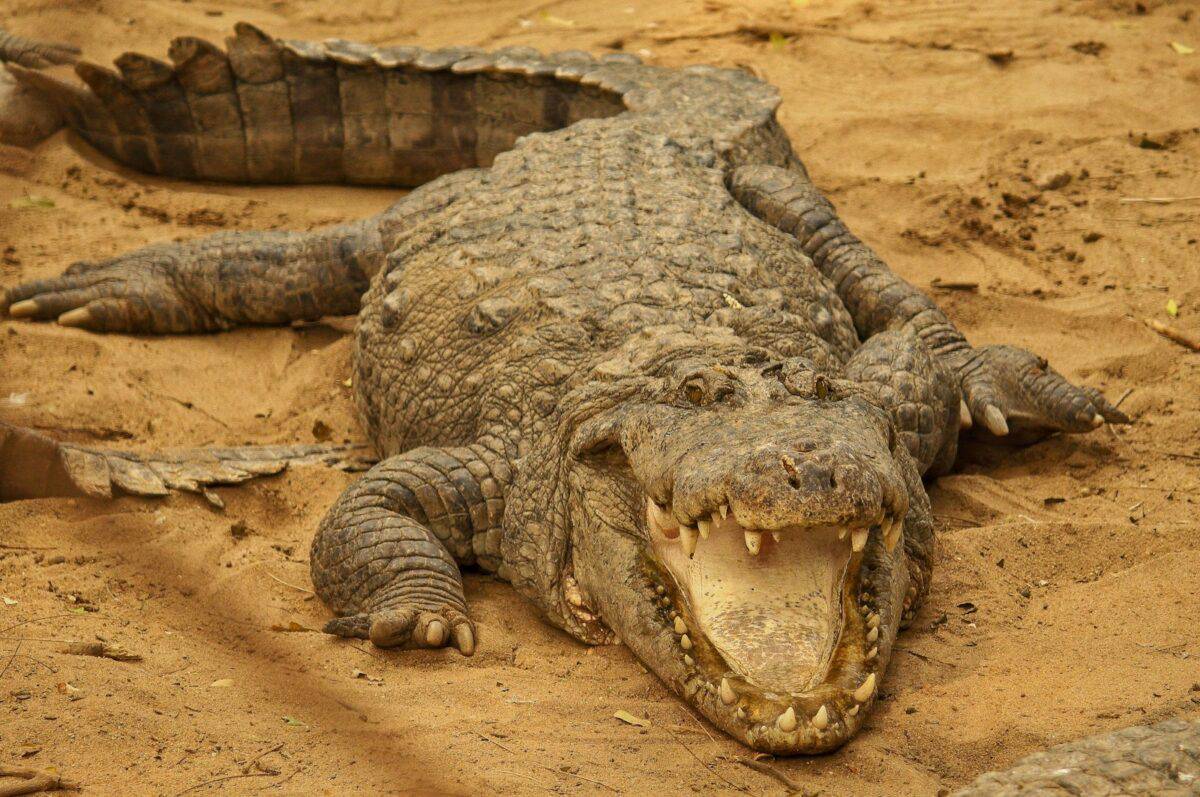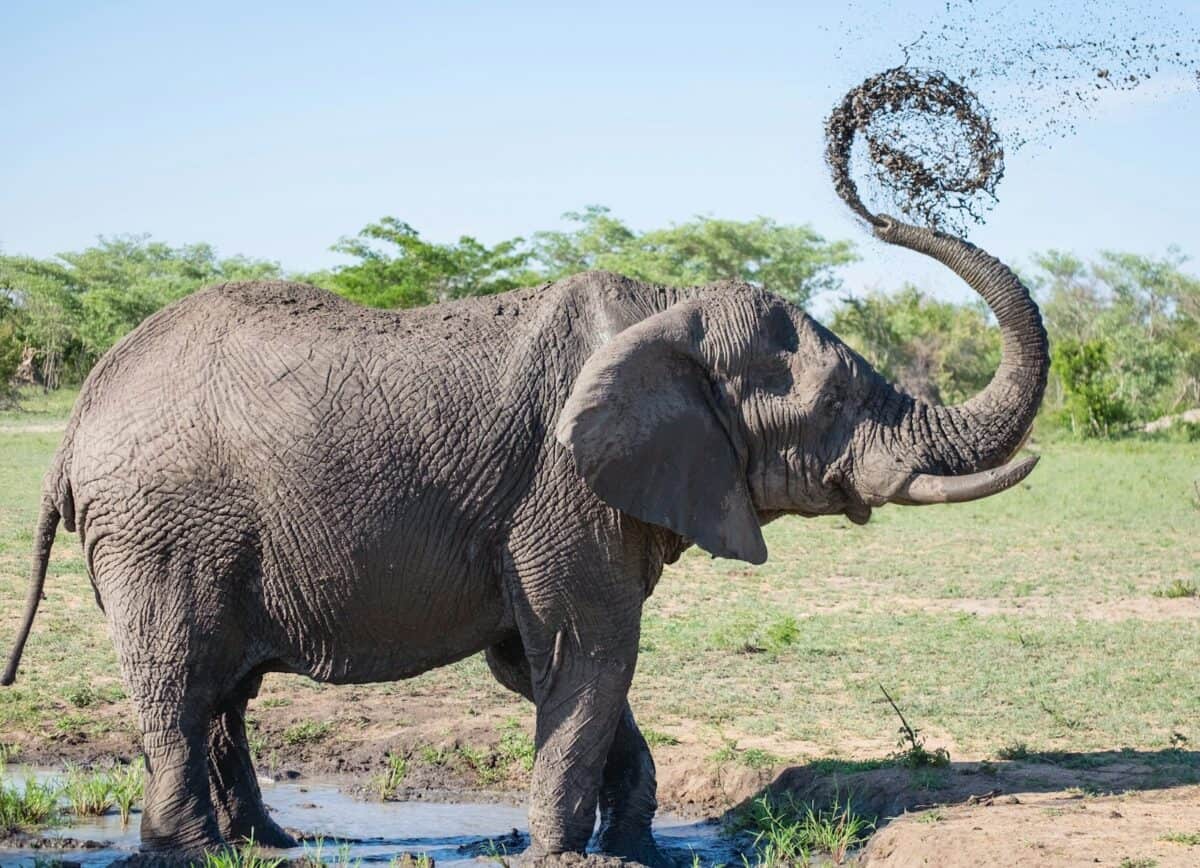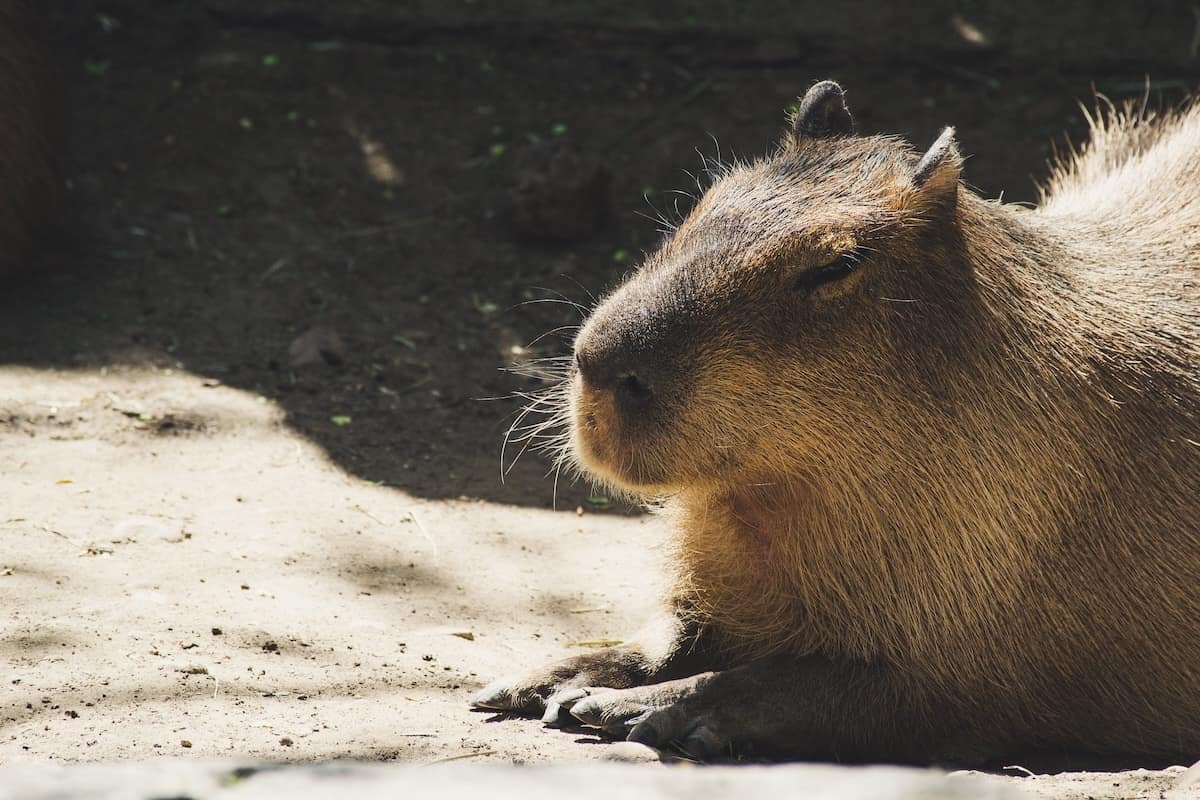Sharks often grab the spotlight when it comes to fearsome sea creatures, thanks to their portrayals in movies and sensational news stories. While these apex predators are indeed powerful, the truth is that many other creatures, both marine and terrestrial, pose a greater threat to humans. This article explores twelve such creatures whose lethal nature often surpasses the infamous shark.
Mosquitoes The Tiny Terrorists

Mosquitoes might seem like annoying, inconsequential flies, but they are, in fact, responsible for more human deaths than any other creature. Through the transmission of diseases such as malaria, dengue fever, and Zika virus, mosquitoes kill over a million people every year. Their small size enables them to go unnoticed, making them stealthy and incredibly dangerous.
Box Jellyfish The Ocean’s Silent Assassins

Found primarily in the Indo-Pacific region, box jellyfish possess venom that can cause heart failure, paralysis, and extreme pain. Their translucent bodies make them difficult to spot in the water, which only adds to their menace. A sting from a box jellyfish can be lethal within minutes, turning a relaxing swim into a fatal encounter.
Freshwater Snails Unassuming Yet Deadly

Freshwater snails are not deadly because of their bite but due to their ability to carry parasites responsible for schistosomiasis. This disease affects millions, causing severe health issues and even death. These seemingly harmless creatures highlight how even the most unremarkable animals can become lethal.
Assassin Bugs Masters of Deception

Also known as kissing bugs, assassin bugs carry Trypanosoma cruzi, the parasite that causes Chagas disease. Found primarily in Central and South America, their bites often go unnoticed until the chronic disease manifests years later, causing severe cardiac and digestive issues that can ultimately prove fatal.
Snakes The Serpentine Threat

With around 100,000 people dying annually due to snake bites, these reptiles command respect and fear. The Indian cobra, the Russell’s viper, and the black mamba are just some of the snakes known for their potent venom and lethal bites. Each species has its unique approach to hunting and defense, making them fascinating yet formidable creatures.
Dogs: Man’s Best Friend Can Be Dangerous

Though usually loving companions, dogs can sometimes become a threat due to rabies. This viral disease, often transmitted through bites, is nearly always fatal once symptoms appear. In many countries, rabies vaccination programs have significantly reduced its prevalence, but the risk remains in areas where the disease is not well-controlled.
Tsetse Flies Africa’s Sleeping Menace

These blood-feeding flies are vectors for trypanosomiasis, commonly known as sleeping sickness. The parasite infects humans and livestock, leading to severe neurological symptoms and, if left untreated, death. Tsetse flies primarily inhabit rural areas of sub-Saharan Africa, greatly affecting local populations.
Crocodiles Lurking in Murky Waters

Living in tropical regions, crocodiles are large reptiles known for their stealth and strength. They are ambush predators, often attacking people who come too close to their territory. Their powerful jaws can snap bones with ease, making them one of the most dangerous animals in freshwater bodies.
Hippopotamuses Surprisingly Aggressive Giants

Despite their herbivorous diet, hippos are notoriously aggressive and territorial animals. They are responsible for more human fatalities in Africa than any other large animal. Their massive size, sharp teeth, and surprising speed make them formidable opponents in the wild.
Elephants Gigantic and Unpredictable

While generally peaceful, elephants can become aggressive, especially when threatened or provoked. In conflict situations, their enormous size and strength make them capable of causing significant damage and even fatalities. Habitat encroachment and human-elephant conflicts only exacerbate these incidents.
Capybaras Harmless Appearance, Deadly Associate

Capybaras themselves are not dangerous, but these large rodents often inhabit regions where ticks carrying the Rocky Mountain spotted fever thrive. This bacterial disease can be deadly if not promptly treated. It serves as a reminder of the intricate relationships between different species and how they can affect human health.
Cone Snails Tiny Shells, Potent Venom

These small, beautifully patterned marine snails may look harmless, but they possess a highly potent venom. Used primarily to immobilize prey, it can also cause paralysis and even death in humans. Cone snail stings are rare but dangerous, highlighting the varied threats lurking in our oceans.
Conclusion

In conclusion, while sharks are awe-inspiring predators, they are far from the most lethal creatures. From small insects to large mammals, a variety of animals pose a greater threat to human life. Understanding these creatures allows us to better appreciate their roles in ecosystems and the risks they present, reminding us to respect and approach nature with caution.
- 8 Times Animals Helped Solve Crimes in the Most Unexpected Ways - August 20, 2025
- 10 Stunning Animals You Can See in the Great Barrier Reef - August 20, 2025
- 14 Loudest Birds in the U.S. - August 20, 2025

